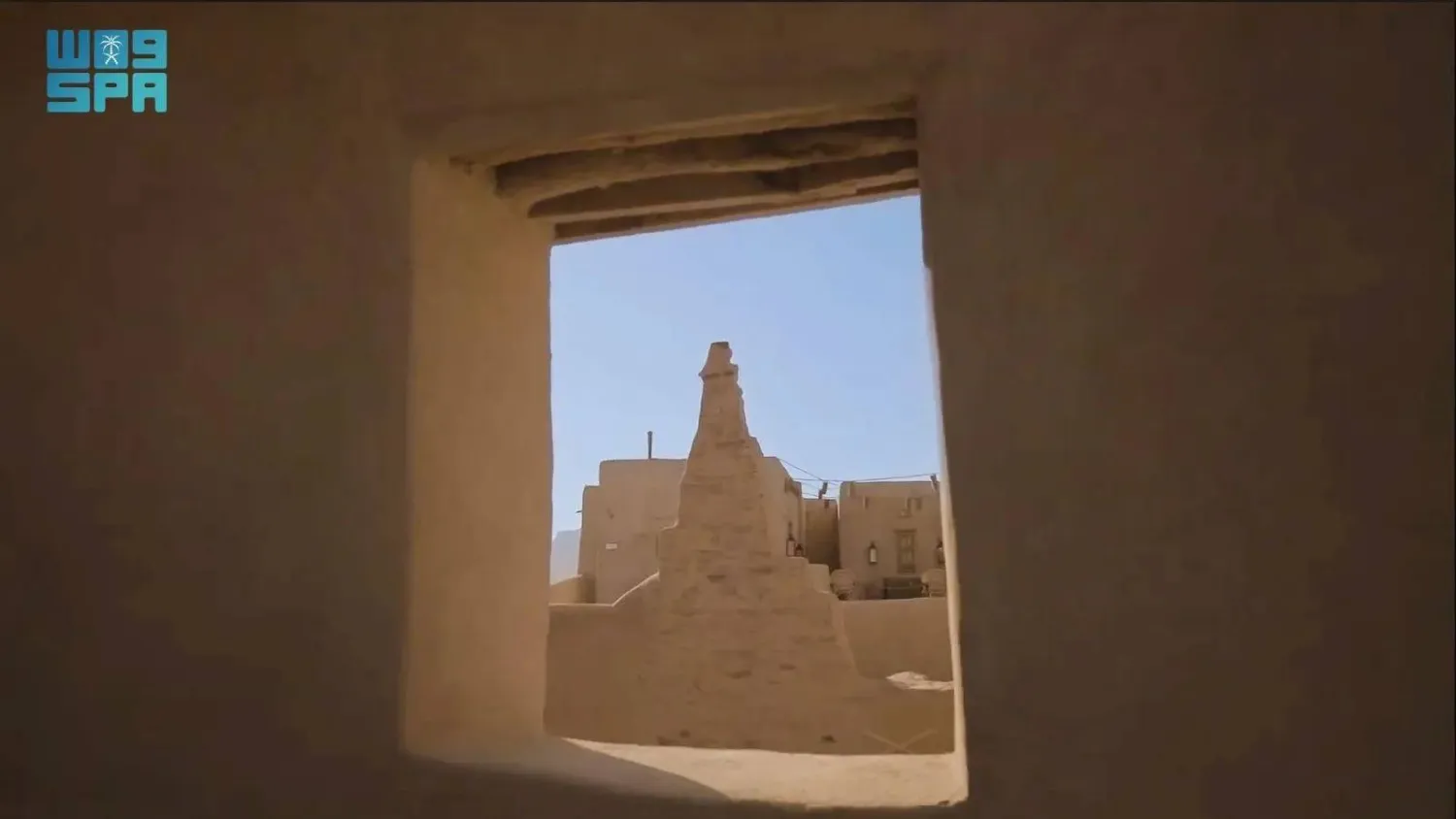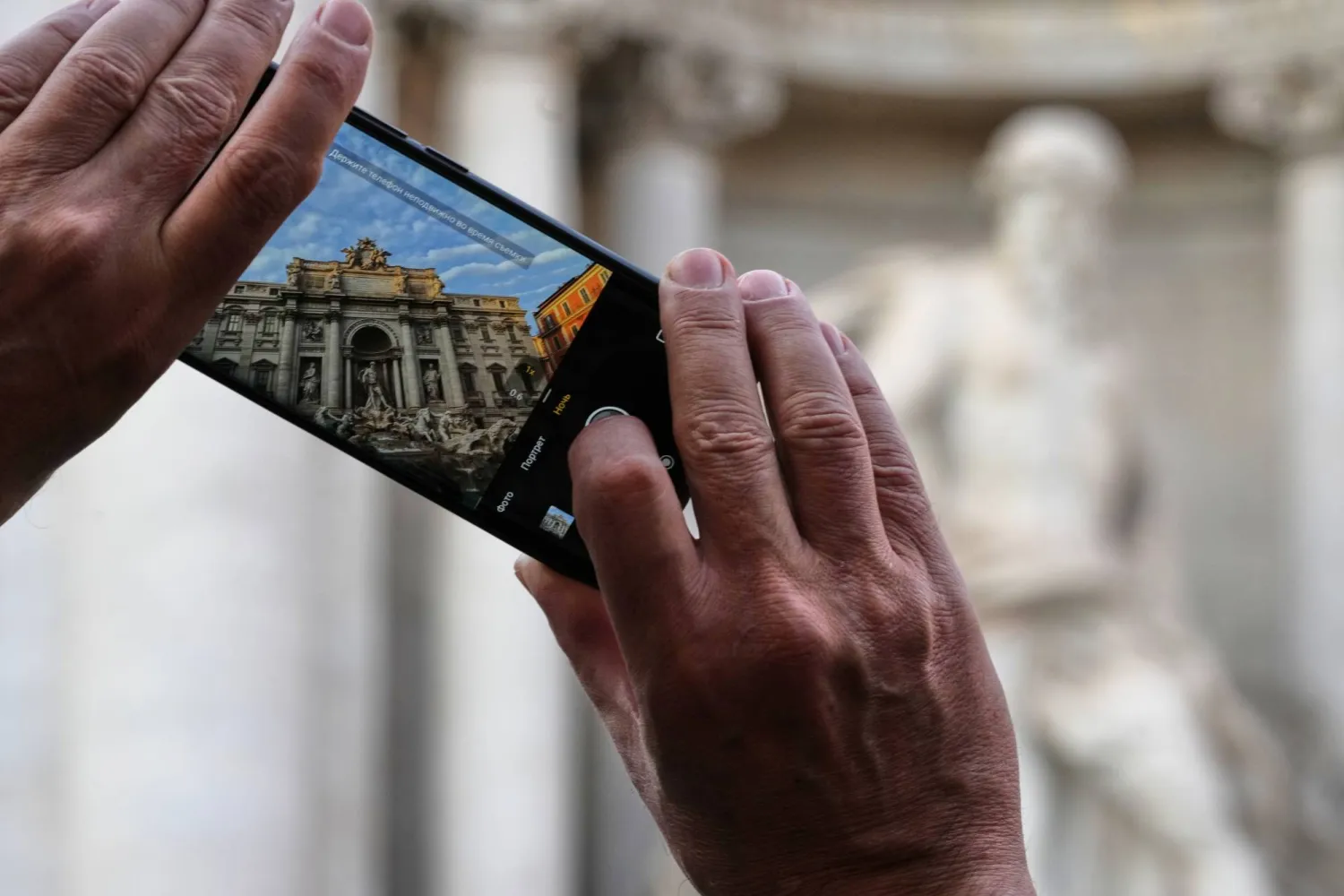One of Italy's most remarkable archaeological finds in decades goes on show this month - Etruscan and Roman statues pulled from the mud in Tuscany thanks in part to the intuition of a retired garbage man.
About two dozen bronze statues from the third century BC to the first century AD, extracted from the ruins of an ancient spa, will go on display in Rome's Quirinale Palace from June 22, after months of restoration.
When the discovery was announced in November, experts called it the biggest collection of ancient bronze statues ever found in Italy and hailed it as a breakthrough that would "rewrite history".
The statues were found in 2021 and 2022 in the hilltop village of San Casciano dei Bagni, still home to popular thermal baths, where archaeologists had long suspected ancient ruins could be discovered.
Initial attempts to locate them, however, were unsuccessful.
Digging started in 2019 on a small plot of land next to the village's Renaissance-era public baths, but weeks of excavations revealed "only traces of some walls", San Casciano Mayor Agnese Carletti said.
Then former bin man and amateur local historian Stefano Petrini had "a flash" of intuition, remembering that years earlier he had seen bits of ancient Roman columns on a wall on the other side of the public baths.
The columns could only be seen from an abandoned garden that had once belonged to his friend, San Casciano's late greengrocer, who grew fruit and vegetables there to sell in the village shop.
When Petrini took archaeologists there, they knew they had found the right spot.
"It all started from there, from the columns," Petrini said.
‘Scrawny boy’ pulled from mud
Emanuele Mariotti, head of the San Casciano archaeological project, said his team was getting "quite desperate" before receiving the tip that led to the discovery of a shrine at the center of the ancient spa complex.
The statues found there were offerings from Romans and Etruscans who looked to the gods for good health, as were the coins and sculptures of body parts like ears and feet also recovered from the site.
One of the most spectacular finds was the "scrawny boy" bronze, a statue about 90 cms (35 inches) high, of a young Roman with an apparent bone disease. An inscription has his name as "Marcius Grabillo".
"When he appeared from the mud, and was therefore partially covered, it looked like the bronze of an athlete ... but once cleaned up and seen properly it was clear that it was that of a sick person," said Ada Salvi, a Culture Ministry archaeologist for the Tuscan provinces of Siena, Grosseto and Arezzo.
Salvi said traces of more unusual offerings were also recovered, including egg shells, pine cones, kernels from peaches and plums, surgical tools and a 2,000-year-old lock of curly hair.
"It opens a window into how Romans and Etruscans experienced the nexus between health, religion and spirituality," she said. "There's a whole world of meaning that has to be understood and studied."
More treasures to be found
The shrine was sealed at the beginning of the fifth century AD, when the ancient spa complex was abandoned, leaving its statues preserved for centuries by the warm mud of the baths.
Excavation will resume in late June. Mariotti said "it is a certainty" that more will be found in the coming years, possibly even the other six or 12 statues that an inscription says were left behind by Marcius Grabillo.
"We've only just lifted the lid," he said.
After the Rome exhibition, the statues and other artefacts are to find a new home in a museum that authorities hope to open in San Casciano within the next couple of years.
Petrini hopes the treasures will bring "jobs, culture and knowledge" to his 1,500-strong village, which is struggling with depopulation like much of rural Italy.
But he is reluctant to take credit for their discovery.
"Important things always happen thanks to several people, never thanks to only one," he said. "Never."









